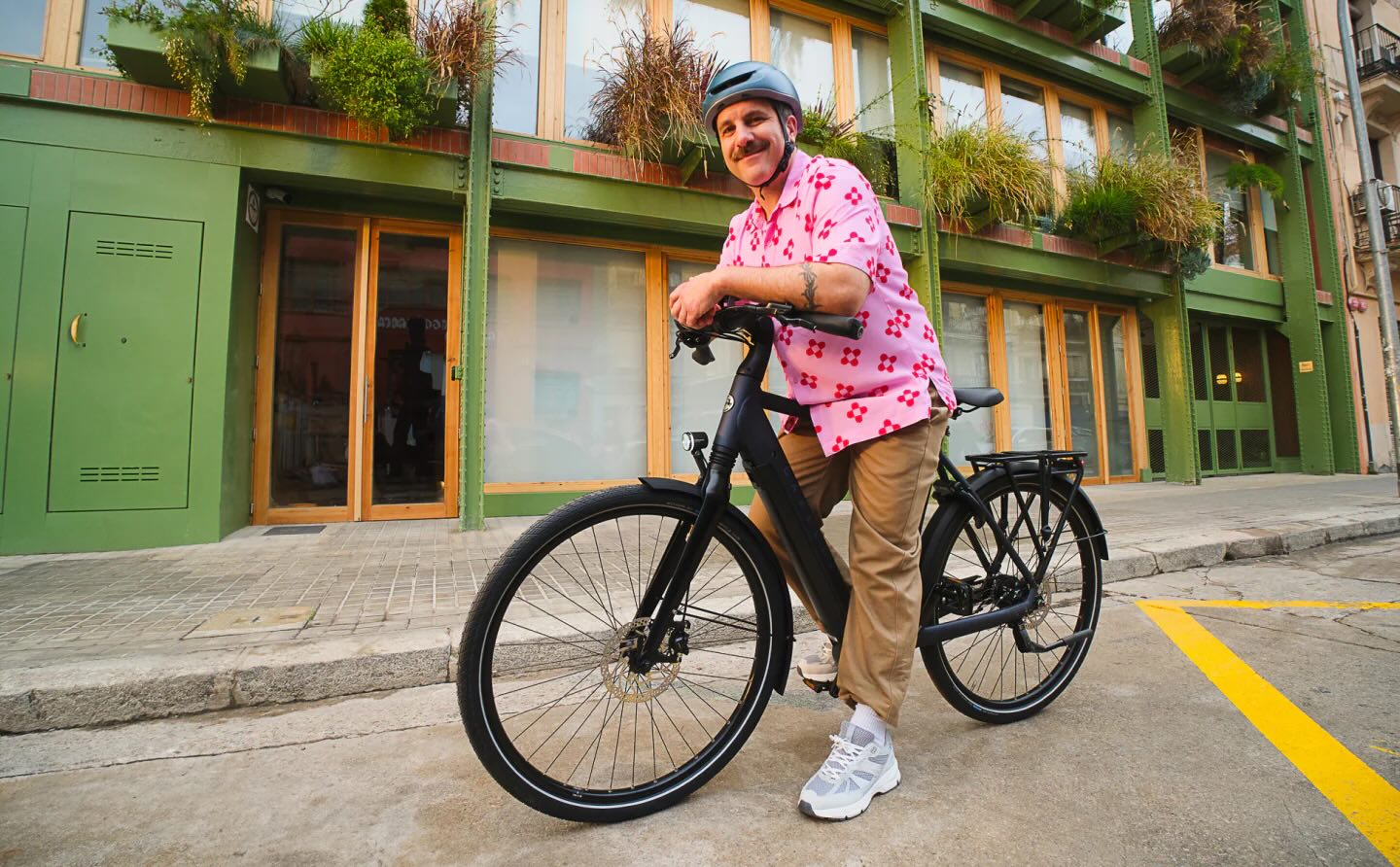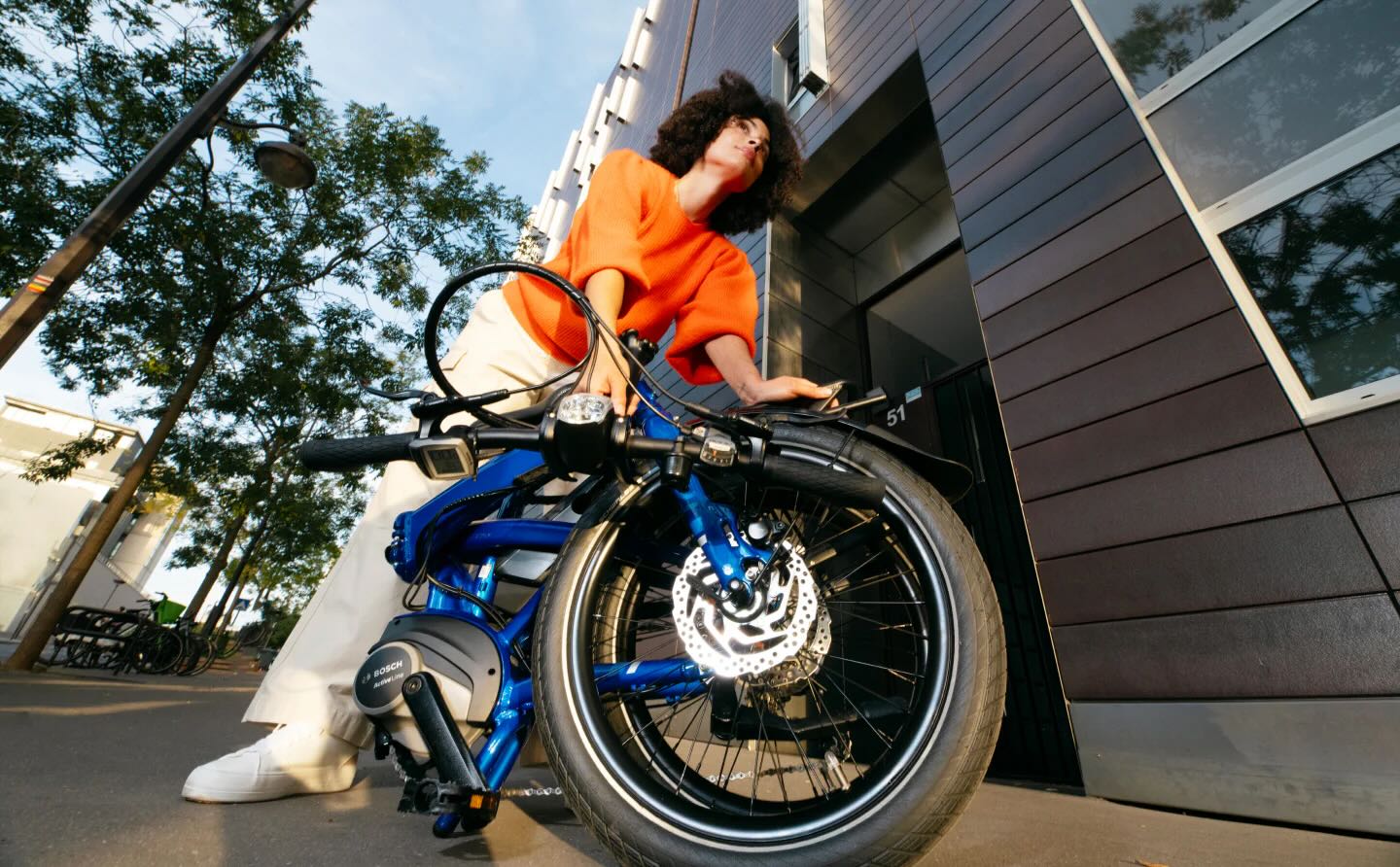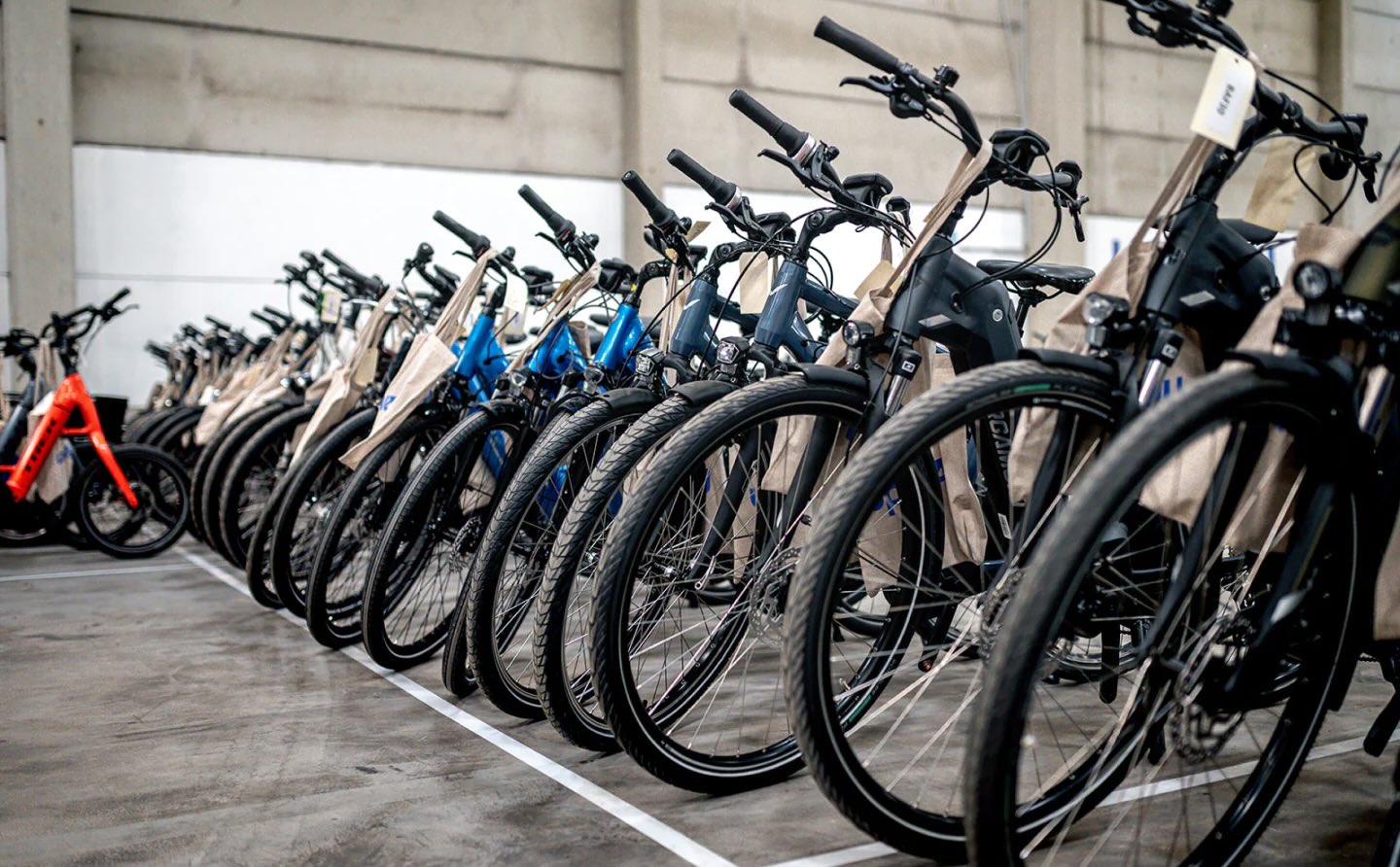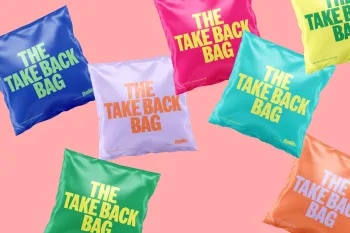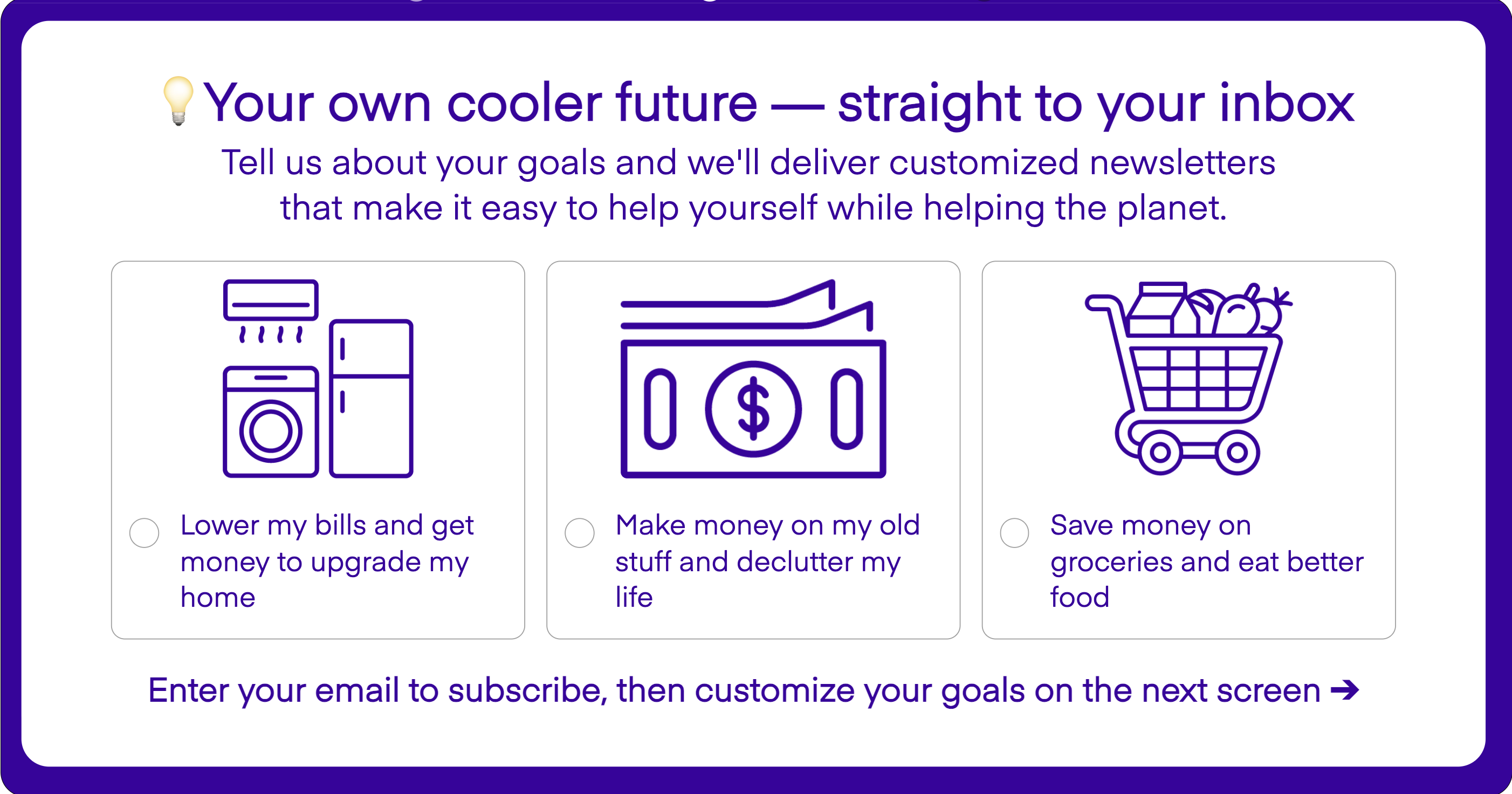The Humane Ai Pin once promised to free us from our smartphones. Then, it failed — fast. The obsolete gadget is a cautionary tale of what happens to tech when we can't use it anymore — and how there's a better way to build and recycle our high-tech devices.
The pin was a $700 gadget that called you to "see the world, not your screen." Using artificial intelligence — no screens, no keyboard — the device could handle tasks typically done on a phone: making calls, sending texts, using apps, and answering questions. Think of it as your phone's smart assistant — just without the phone.
But the gadget didn't gain the traction its creators hoped. That could be for many reasons, including slow response time and unpredictable accuracy. It was so bad that YouTuber star Marques Brownlee called it "The Worst Product I've Ever Reviewed."
Humane shut down in February, selling its assets to HP for $116 million. But that means the pin is now completely unusable — and adding to the globe's e-waste problem.
Tech sites report Humane produced about 10,000 devices. Now the company — and consumers — are left to get rid of the devices. It's what some sites are calling a "recycling nightmare."
According to Context by the Thomson Reuters Foundation, Humane is encouraging users to recycle pins through local e-waste programs. But recycling the product may be more complex than recycling your old smartphone.
Watch now: How bad is a gas stove for your home's indoor air quality?
Experts told Context that the device is difficult to recycle because it features large amounts of glue, which makes disassembly labor-intensive and environmentally problematic.
"This thing was terrible for the environment even before it was discontinued," Shahram Mokhtari, a repair technician for iFixit, told Context. "Glued in batteries that are hard to remove and impossible to get to will always result in unnecessary waste and pollution."
But that's not the only issue with recycling the Humane Ai Pin. The device is small, meaning the recyclable components are incredibly tiny.
"[Wearable] gadgets are desired to be smaller and lightweight," Berrin Tansel, professor of civil and environmental engineering at Florida International University, told Context. "That makes the recovery of materials for recycling purposes practically impossible. Even when recovery is possible for some metals from discarded products, it is not economically feasible."
TCD Picks » Upway Spotlight

|
Which of these factors would most effectively motivate you to recycle old clothes and electronics?
Click your choice to see results and speak your mind. |
Even if the device were easy to recycle, it doesn't mean consumers would prioritize responsibly tossing the gadget. The United Nations reports that only 22.3% of the 68 million tons of e-waste produced in 2022 was recycled.
But getting rid of broken or unusable tech doesn't have to be stressful. Programs including Trashie's Tech Take Back Box, Best Buy's recycling initiative, and Amazon Recycling make it easy to get rid of e-waste responsibly. However, for something as specialized as the Humane Ai Pin, it's a good idea to confirm they can accept the device before sending it in. You can also research tech recycling programs in your area for more options.
Join our free newsletter for good news and useful tips, and don't miss this cool list of easy ways to help yourself while helping the planet.

